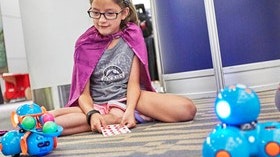Homepage
•
Learning Library
•
Blog
•
11 hot edtech trends to watch
Expand breadcrumbs
Expand breadcrumbs
- Learning Library
- Blog
- 11 hot edtech trends to watch
- Homepage
- •
- Learning Library
- •
- Blog
- •
- 11 hot edtech trends to watch








